Have you ever wished you had a magic wand to make your worries disappear or your negative thoughts vanish into thin air? While there might not be a wand for that, there is something just as powerful: Cognitive Behavioral Therapy (CBT).
Often the problems that we face in our lives are because of negative or faulty thought patterns that manifest themselves in our day-to-day behaviours and we are unable to recognize it. Thus, we are trapped in the vicious circle of negative thoughts leading to negative behaviours which again causes negative thoughts. So how do we correct these faulty thought patterns and make life better? The answer lies in Cognitive Behaviour Therapy.
Cognitive Behavioral Therapy (CBT) is a powerful tool for managing emotions, thoughts, and behaviors. It’s like a superhero cape for your mind!
What is CBT?
Cognitive Behaviour Therapy is a form of psychotherapy which emphasizes the importance of thinking and how it affects our emotions and actions. It is based on the idea that our thoughts influence our actions, our moods, our feelings and our emotions.
External things like people, situations, and the environment are not the cause of our problems. Thus, if you correct your way of thinking and make a change in yourself you can cope better with the same people and situations and function better in the same environment.
CBT is a type of therapy that helps you understand the connection between your thoughts, feelings, and actions. Think of it as untangling a knot in your mind. By unraveling the threads of your thoughts, CBT helps you see things more clearly and make positive changes in your life.
How Does CBT Work?
Cognitive Behaviour Therapy is one of the shortest forms of therapy available, in terms of time and effective results. An average of 16 sessions or lesser is required depending on the problem.
The whole therapy process is structured and goal-oriented. The therapist and the client collaborate on the goal of the therapy, and the decision to terminate the therapy when it has been achieved.
What makes it very effective is the fact that each session has a goal which is decided by the therapist and the client. They have to work on the techniques in that session to reach an outcome, and proceed likewise in each subsequent session.
Therefore, in each session the therapist guides the client towards his goal by teaching him alternative or new ways to think and behave to achieve what they want.
CBT works by teaching you to recognize and challenge negative thoughts and beliefs. It’s like having a friendly coach by your side, guiding you through tough moments and helping you build resilience.
For example, let’s say you have a thought like, “I’ll never be good enough”. CBT would encourage you to question that thought and look for evidence to support or challenge it. By doing this, you can replace negative thoughts with more realistic and helpful ones, like “I may not be perfect, but I’m making progress every day.”
CBT also teaches practical skills, like relaxation techniques and problem-solving strategies, to help you cope with stress and difficult situations.
Why is CBT Helpful?
CBT is helpful because it gives you the tools you need to take control of your thoughts and feelings. Instead of feeling like your mind is controlling you, you learn to become the master of your own thoughts.
CBT can be used to treat a wide range of issues, from anxiety and depression to phobias and anger management. It’s like having a Swiss Army knife for your mental health – versatile and effective in many situations.
Often our behaviours and thoughts are learnt, so we need to unlearn the faulty thought patterns and relearn the correct thought and behaviours. The therapist educates and aids in this process. Once the person understands why and how he is doing a particular action the sooner he can change it and learn a new action.
This can be a time-consuming process thus we have a feature unique to Cognitive Behaviour Therapy, known as the Homework to speed it up. At the end of each session the therapist assigns the client to practice the techniques taught in the session and give some additional reading and exercises to be done. This helps in reaching the goal faster.
How Can You Get Started with CBT?
Getting started with CBT is easier than you might think. You can find CBT worksheets and self-help books online, or you can work with a therapist who specializes in CBT. Many therapists offer CBT sessions both in person and online, so you can choose the option that works best for you.

Conclusion:
Empirical evidence has shown this therapy to be effective in problems ranging from Anxiety, Depression, Eating Disorders, Stress, Marital problems, Relationships etc. So Cognitive Behaviour Therapy is an effective therapy to solve your problems by yourself, make a change and enhance the quality of your life.
Cognitive Behavioral Therapy is a powerful tool for understanding and changing your thoughts, feelings, and behaviors. By learning to challenge negative thoughts and build positive coping skills, you can unlock your mind’s superpowers and live a happier, more fulfilling life. So, why wait? Start your CBT journey today and discover the magic within you!
Blog written by Dr Vinaya Prabha and Dr Himani Upadhyaya


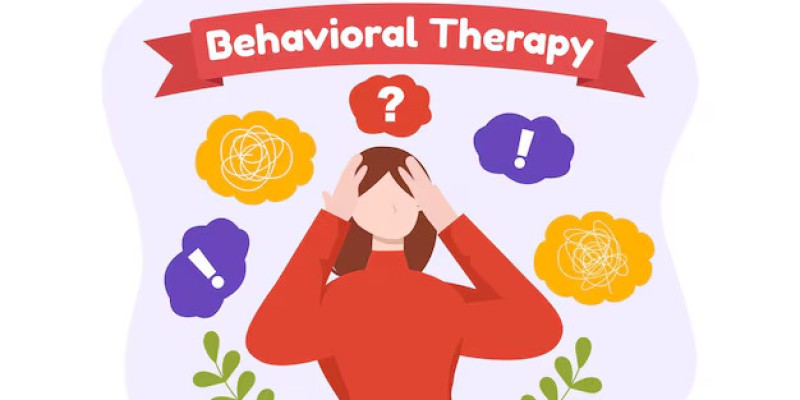
 Finding Harmony: The Psychology of Work-Life Balance
Finding Harmony: The Psychology of Work-Life Balance 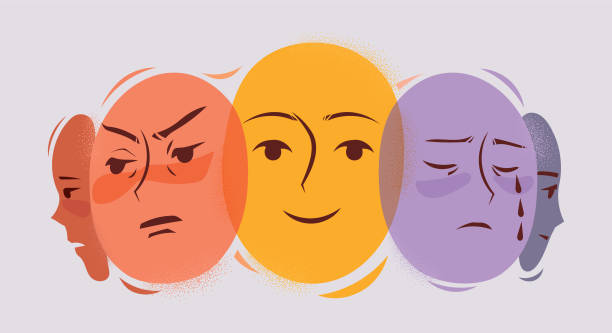 Cognitive Appraisal: Understanding How Your Mind Shapes Emotions
Cognitive Appraisal: Understanding How Your Mind Shapes Emotions 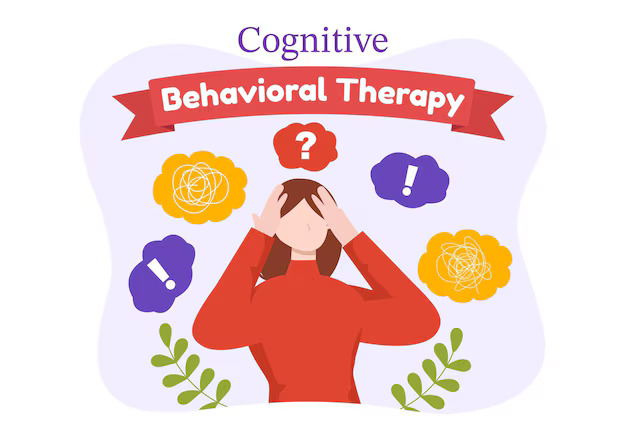 Understanding Cognitive Behavioral Therapy: A Guide
Understanding Cognitive Behavioral Therapy: A Guide  Embracing the tide of Emotions
Embracing the tide of Emotions 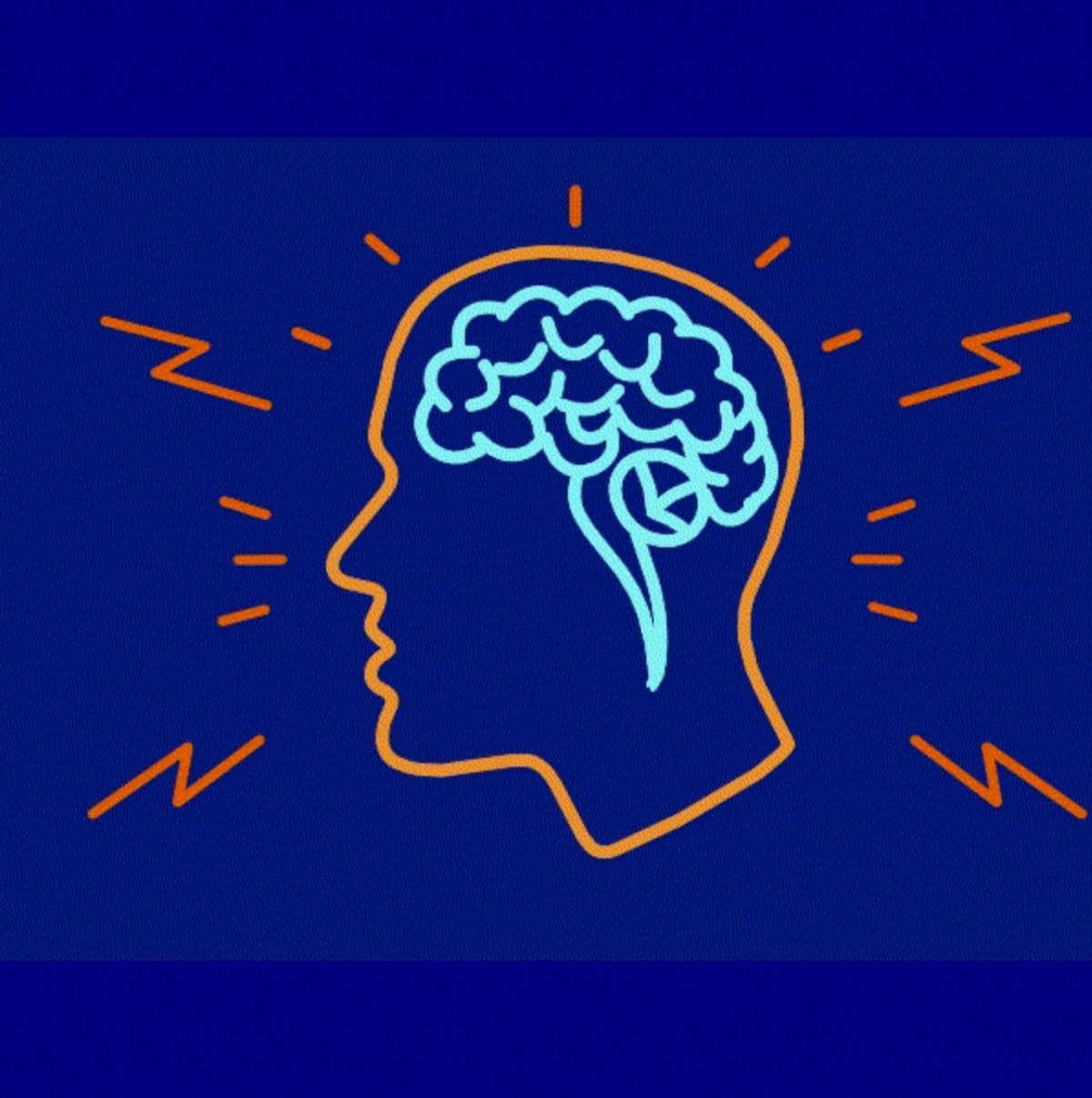 How Our Minds Play Tricks on Us
How Our Minds Play Tricks on Us  Handling Questions Effectively
Handling Questions Effectively  Professional Counsellors v/s Non-Professional Counsellors
Professional Counsellors v/s Non-Professional Counsellors 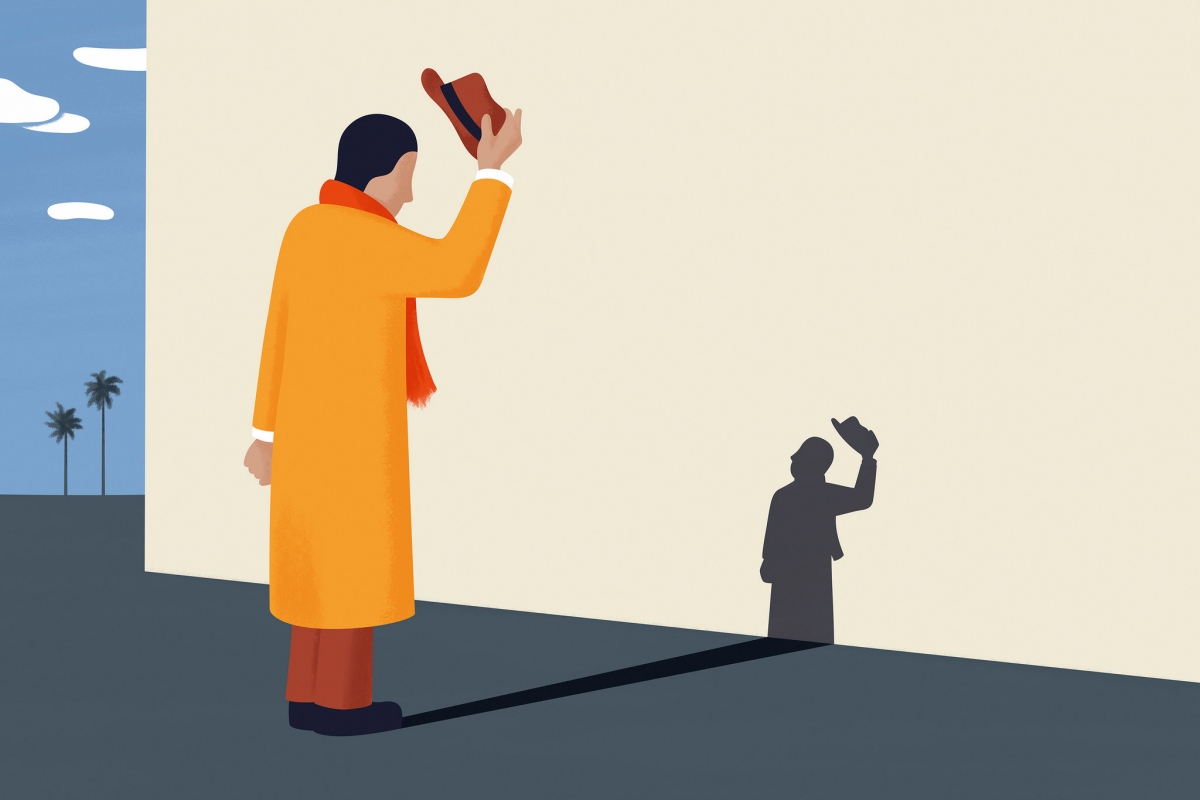 The Fallibility of Psychological Testing
The Fallibility of Psychological Testing 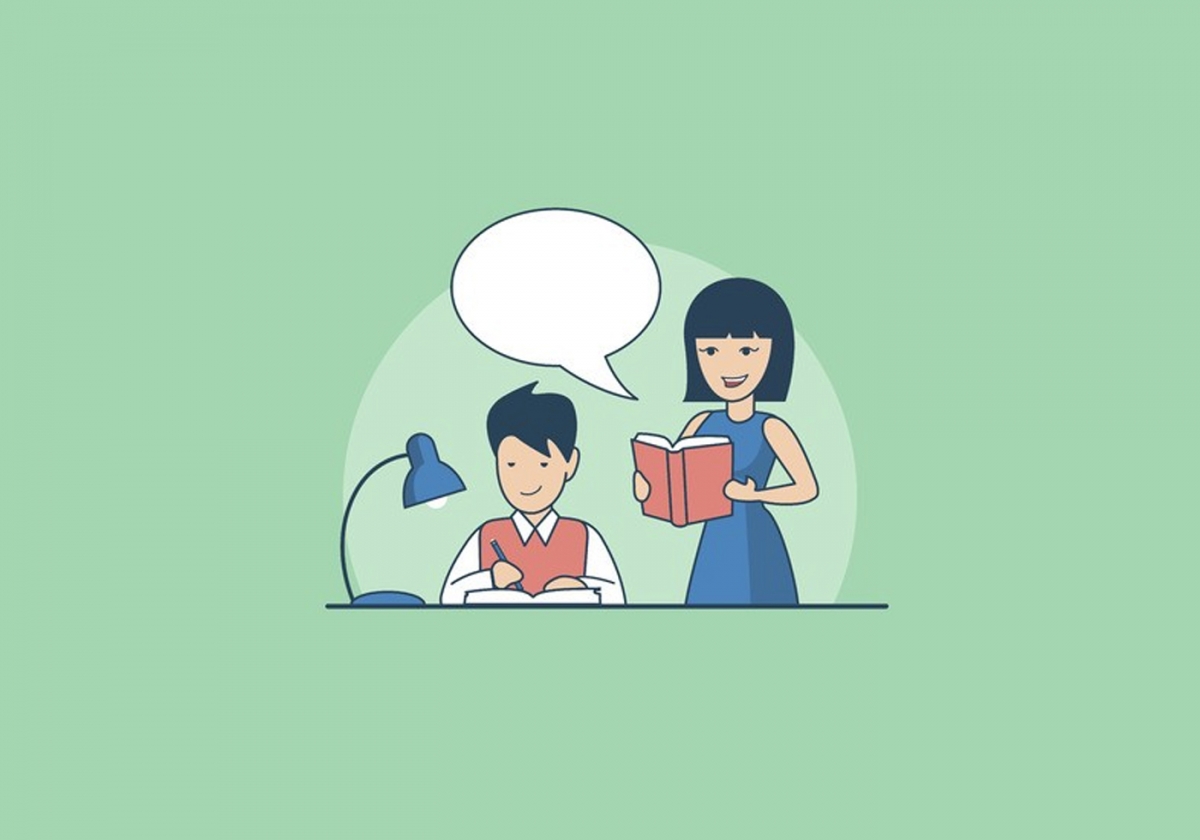 Cognitive Distortions
Cognitive Distortions 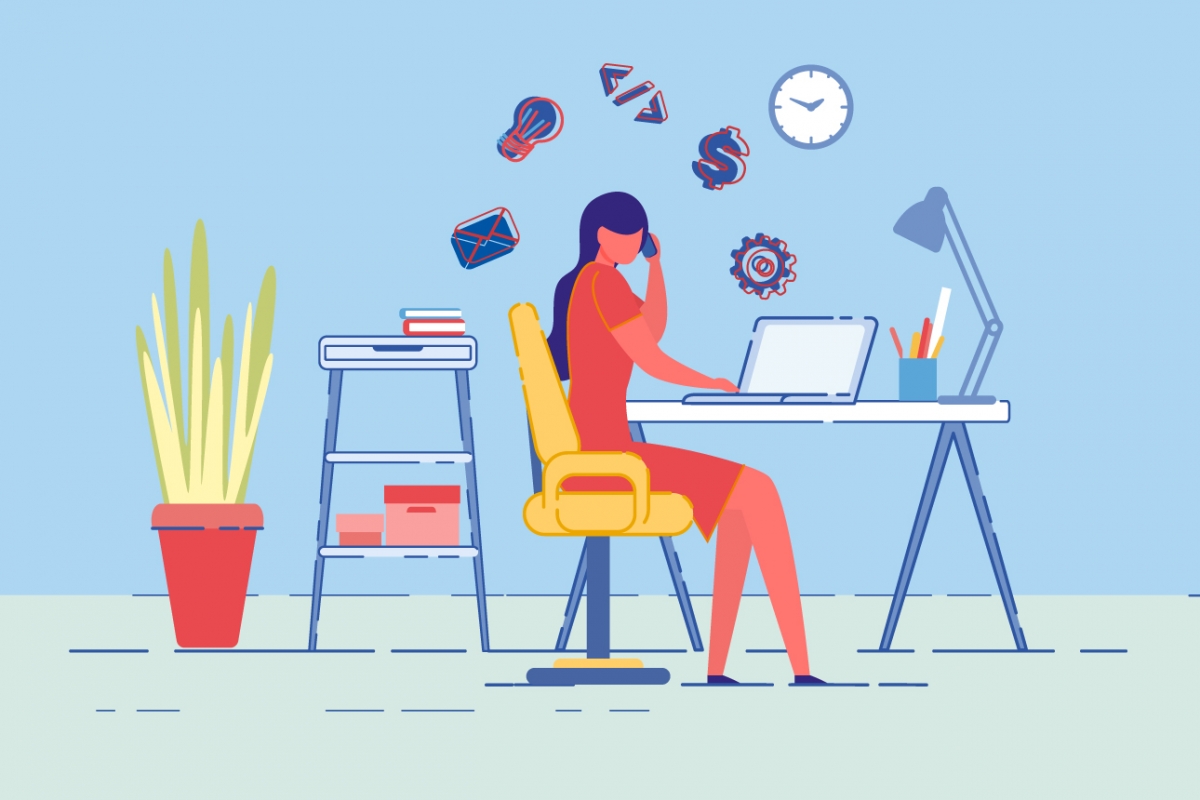 Managing Stress
Managing Stress 

